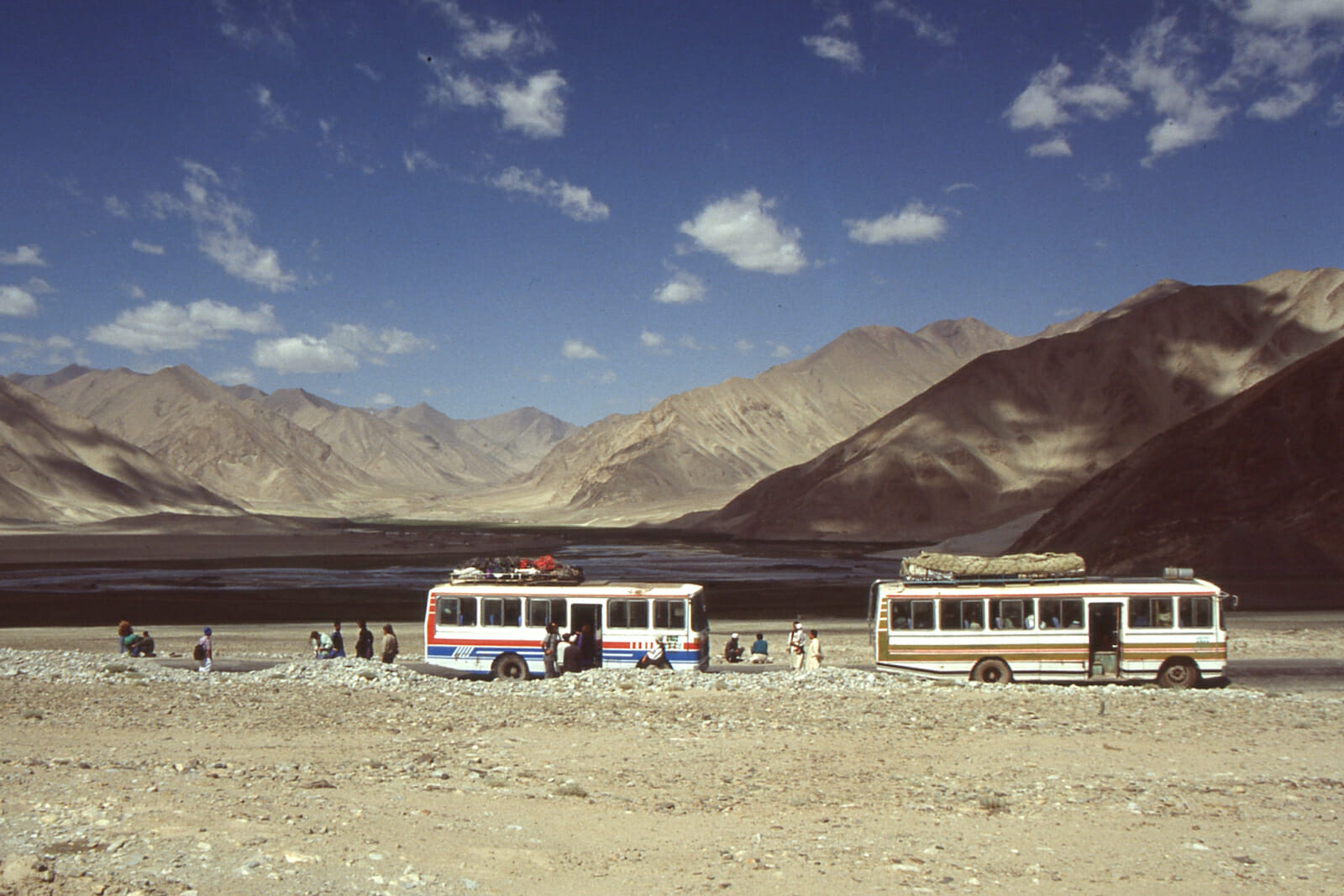
A New Great Game in Central Asia?
Is there a new “Great Game” springing into existence in Central Asia? Many pundits and journalists who write on the region and its global importance argue that there is. In fact, after the Cold War and the birth of the five republics of Central Asia, this debate has dominated much of the analysis of the region. Just in Afghanistan alone, its mineral wealth could prove to be invaluable. Nathan William Meyer observed in International Policy Digest in 2012, that “Afghanistan’s mineral resources are hard to underestimate and current projections border on the hyperbolic. In June 2010, the Pentagon confirmed reports that Afghanistan’s massive deposits could make it a major world producer of iron and copper. The lithium deposits in Ghazni Province may rival Bolivia’s for the title of world’s largest. The country’s Samiti gold deposit is estimated to hold 20-24 metric tons and according to the US Geological Survey a single million-ton deposit of rare earth elements (REE) in Helmand Province gives Afghanistan the world’s sixth-largest REE reserves.”
Captain Arthur Conolly, a British officer of the Sixth Bengal Native Light Cavalry, coined the concept of the ‘Great Game’ in the 1830s. Later, the English writer Rudyard Kipling immortalized the concept in his 1901 novel Kim. In basic terms, the Great Game was simply a struggle for power, territorial control, and political dominance between the Russian and British Empires in Central Asia in the nineteenth century.
This competition of maneuvering and intrigue between the two empires came to an end in 1907, when both nations were forced to focus their resources on more serious threats. The British had to gear up and contain the rise of an assertive Germany in Europe, and the Russians were locked in a fierce struggle with the Japanese in Manchuria.
Today, the US invasion of Afghanistan and opening of military bases in Central Asia and the economic expansion of China into the region have convinced experts that a new Great Game is afoot. German journalist Lutz Kleveman writes that a new Great Game “rages in the region.” Quoting Bill Richardson, former Secretary of Energy and US ambassador to the United Nations during the Clinton years, Kleveman writes that the US is involved in Central Asia not only to defeat al Qaeda but also to “diversify [its] sources of oil and gas [and to] prevent strategic inroads by those who don’t share [its] values.” Niklas Swanstrom, a professor at Johns Hopkins University, reaches the same conclusion, and in “China and Central Asia: a new Great Game or traditional vassal relations?” he argues that the U.S. and China are enmeshed in a geo-economic competition over Central Asia’s natural resources. He says, “[t]he situation in Central Asia seems to be developing into a new version of the Great Game.”
Contrary to conventional wisdom, China’s objective in Central Asia is not to engage in a game with other regional powers but to secure “regional states’ support in suppressing anti-Beijing Uighur nationalists,” and to pave the way for Chinese firms to invest in Central Asian energy resources. Central Asian states are endowed with oil and natural gas supplies, and China, as a rising economic power and the second-largest consumer of energy, has a clear interest in increasing its presence in the region. China’s efforts to build roads and improve infrastructure and railways indicate the country’s growing involvement in Central Asia. As China’s relationships with Central Asian republics grow, “its relationship with major powers, namely the US and Russia, might suffer,” argues Kevin Sheives, a scholar on the region.
It is premature for China to go about implementing such a strategy. At present, China is faced with many domestic challenges. For example, it has to deal with Tibet, Xinjiang, and other semi-autonomous regions, all with separatist inclinations and ambitions for independence. China’s top priorities in Central Asia should be establishing security, maintaining regional stability, suppressing Uighur separatists in Xinjiang, and strengthening economic ties in the region.
In order to satisfy the needs of its 1.4 billion people, China must search continuously for resources throughout the world. Chinese corporations and government-owned companies are involved in the economic affairs of the five republics of Central Asia: Kazakhstan, Kyrgyzstan, Tajikistan, Turkmenistan, and Uzbekistan, which possess abundant supplies of natural gas and oil. Given China’s security concerns and energy needs, its engagement with Central Asian states will dramatically expand over the long term. Central Asian states are also welcoming China’s increasing expansion as they try to break Russia’s monopoly over transport routes. Ever since the foundation of the Shanghai Cooperation Organization in 2001, China has been working to construct a new Silk Road to integrate Central Asia and the rest of the world with Xinjiang, an autonomous region in northwest China. The Middle Kingdom’s return to Central Asia is likely to reconfigure the geopolitics of the region—it is hoped for the better.
